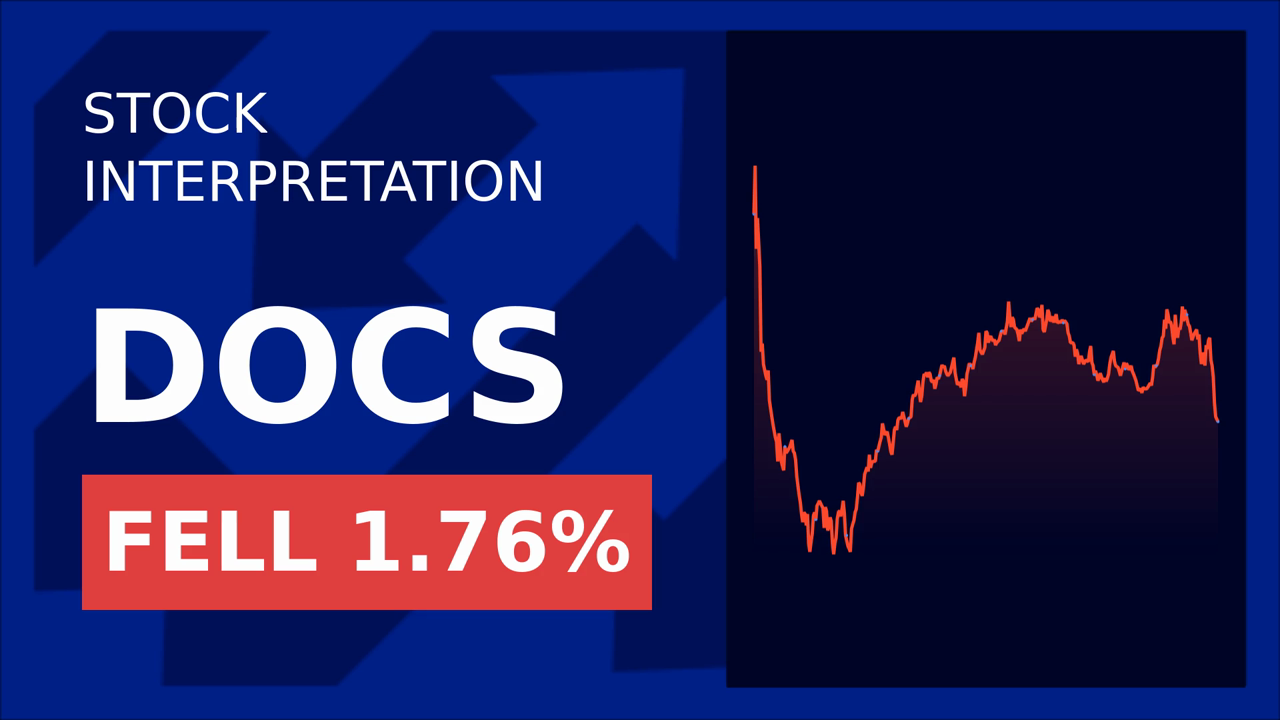Anheuser-Busch (NYSE:BUD) Misses Sales Estimates: A Closer Look
Thursday, Oct 31, 2024 7:55 am ET
Anheuser-Busch InBev (NYSE:BUD), the world's largest brewer, reported sales below analyst estimates in the third quarter, raising concerns about its growth prospects. Despite the setback, the company remains optimistic about its long-term outlook. This article delves into the reasons behind the sales miss and explores AB InBev's strategic initiatives to mitigate the impact of weak sales.
AB InBev's sales volumes fell by more than expected in the third quarter, dragged by a weak consumer backdrop in key markets like China and Argentina. The company's revenues and volumes declined by 2.1% and 2.4% respectively, compared to analyst forecasts for a 3.4% increase and 0.4% decline. This performance was driven by a shift in consumer preferences towards lower-alcohol and non-alcoholic beverages, as well as a softening demand in certain markets.
Pricing strategies and cost management played a significant role in AB InBev's sales performance. Revenue per hl grew by 9.0%, driven by pricing actions, premiumization, and other revenue management initiatives. Despite the volume decline, the company's disciplined overhead management and efficient resource allocation enabled increased sales and marketing investments, partially offsetting anticipated commodity cost headwinds.
Market conditions and competition in key regions also affected AB InBev's sales. In the US, the company's largest market, sales to wholesalers and retailers declined by 0.2% and 3% respectively, likely due to increased competition and changing consumer preferences. In Mexico, another critical market, sales were down in low single digits amid adverse weather and softer consumer demand. China, a crucial growth market, saw revenues and volumes drop by 16.1% and 14.2% respectively, with weakness in sales at bars and restaurants.
To mitigate the impact of weak sales, AB InBev implemented strategic initiatives focusing on three key pillars: leading and growing the category, digitizing and monetizing the ecosystem, and optimizing the business. These initiatives included investing in global megabrands, expanding digital platforms like BEES, and approving a cash tender offer for up to $3 billion in outstanding bonds, along with a $1 billion share buyback program. Despite these efforts, sales fell short of analyst estimates, indicating that the company may need to further adapt its strategies to address market challenges.
In conclusion, AB InBev's sales miss in the third quarter highlights the need for the company to adapt its strategies to better compete in diverse market conditions. While the company's digital transformation and cost management initiatives have shown promise, it must address the challenges posed by changing consumer preferences and intense competition in key markets. As AB InBev continues to invest in its strategic priorities, investors should monitor the company's progress and reassess its long-term growth prospects.
AB InBev's sales volumes fell by more than expected in the third quarter, dragged by a weak consumer backdrop in key markets like China and Argentina. The company's revenues and volumes declined by 2.1% and 2.4% respectively, compared to analyst forecasts for a 3.4% increase and 0.4% decline. This performance was driven by a shift in consumer preferences towards lower-alcohol and non-alcoholic beverages, as well as a softening demand in certain markets.
Pricing strategies and cost management played a significant role in AB InBev's sales performance. Revenue per hl grew by 9.0%, driven by pricing actions, premiumization, and other revenue management initiatives. Despite the volume decline, the company's disciplined overhead management and efficient resource allocation enabled increased sales and marketing investments, partially offsetting anticipated commodity cost headwinds.
Market conditions and competition in key regions also affected AB InBev's sales. In the US, the company's largest market, sales to wholesalers and retailers declined by 0.2% and 3% respectively, likely due to increased competition and changing consumer preferences. In Mexico, another critical market, sales were down in low single digits amid adverse weather and softer consumer demand. China, a crucial growth market, saw revenues and volumes drop by 16.1% and 14.2% respectively, with weakness in sales at bars and restaurants.
To mitigate the impact of weak sales, AB InBev implemented strategic initiatives focusing on three key pillars: leading and growing the category, digitizing and monetizing the ecosystem, and optimizing the business. These initiatives included investing in global megabrands, expanding digital platforms like BEES, and approving a cash tender offer for up to $3 billion in outstanding bonds, along with a $1 billion share buyback program. Despite these efforts, sales fell short of analyst estimates, indicating that the company may need to further adapt its strategies to address market challenges.
In conclusion, AB InBev's sales miss in the third quarter highlights the need for the company to adapt its strategies to better compete in diverse market conditions. While the company's digital transformation and cost management initiatives have shown promise, it must address the challenges posed by changing consumer preferences and intense competition in key markets. As AB InBev continues to invest in its strategic priorities, investors should monitor the company's progress and reassess its long-term growth prospects.

_b905d9341749265671656.jpg)







